I have access to a power cable that powers devices through a 2-way switch, basically:
Is it possible to add an always-on socket in between using L1, L2 and N?
The problem is that either L1 or L2 is live at a given time and, obviously, they cannot be connected together as that would invalidate the 2-way switch.
Does there exist a device that would pass through L1 and L2 without connecting them together?


